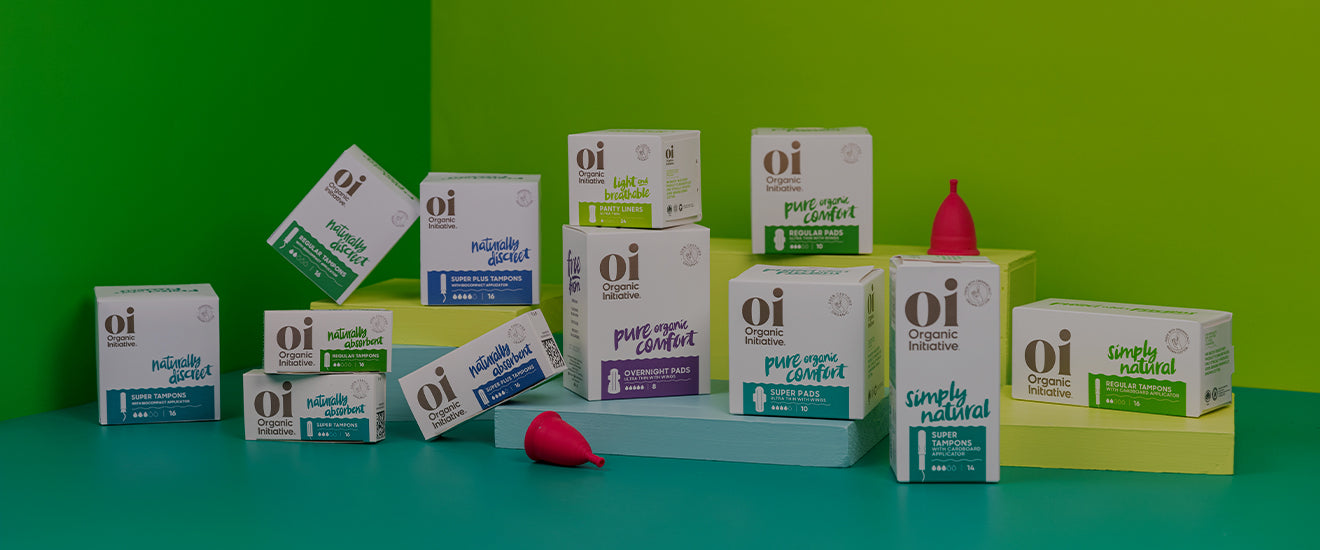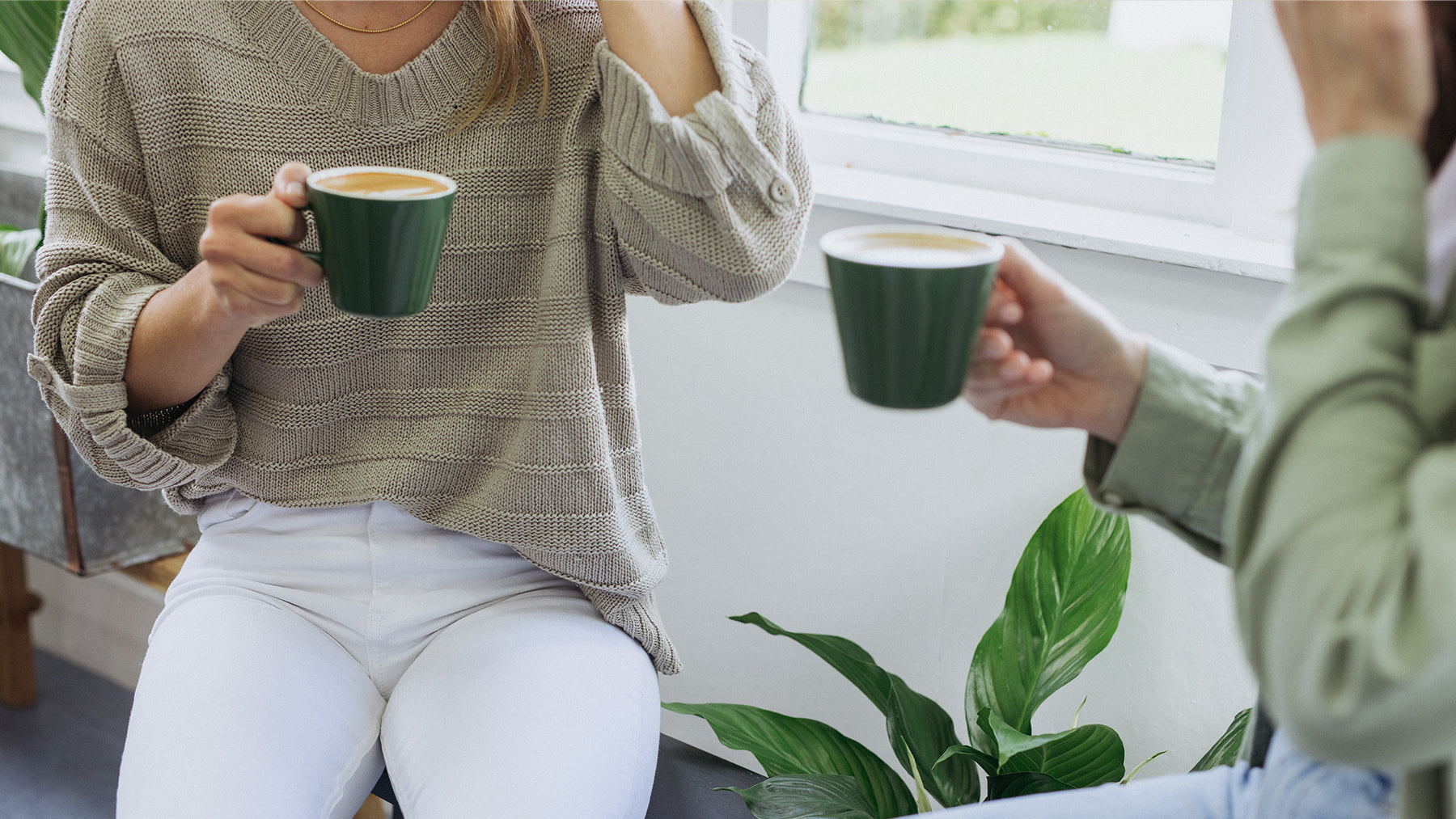Marked by the involuntary loss of urine, urinary incontinence is a condition that affects millions of women worldwide. It can be embarrassing, uncomfortable and disruptive to daily life; however, the good news is that numerous strategies are available to help wrangle your bladder back under control.
From lifestyle changes to proper toilet posture and pelvic floor physiotherapy, we discuss them all here. But let's start by examining the causes and types of urinary incontinence, as these provide clear clues as to the best way to stem your flow.
What causes urinary incontinence?
Urinary incontinence can arise due to several factors, and understanding its underlying causes is crucial for effective management. Among the chief culprits are pregnancy and childbirth, hormonal changes (particularly menopause) and obesity – all of which can weaken the pelvic floor.“The pelvic floor muscles not only support all our internal organs against gravity and intra-abdominal pressure but also provide openings for the urethra, vagina and rectum,” says Melbourne-based women’s health physiotherapist, Nursah Dikmen. “If the sphincters are not functioning well, one might find themself leaking urine or poop when coughing, sneezing and laughing.”
Other common triggers for incontinence include overactive bladder muscles, certain medical and neurological conditions, urinary tract infections, medications such as diuretics, and chronic constipation (which puts pressure on the bladder). And it appears even the young and active are not immune.
“Incontinence can also occasionally be seen in young professional athletes,” adds Dikmen. “One possible reason from my experience would be doing heavy weight training without incorporating pelvic floor muscle activation.”
Stress versus urge incontinence
There are two primary types of urinary incontinence, stress and urge incontinence, and these disrupt your bathroom behaviours in different ways.
Stress incontinence
According to Dikmen, stress incontinence is linked to underactive pelvic floor muscles. Causing small, involuntary amounts of leakage (usually a few drops), this type of incontinence occurs when pressure is exerted on the bladder during activities such as coughing, sneezing, laughing, or lifting heavy objects.It is often linked to weakened pelvic floor muscles, resulting from factors such as pregnancy and childbirth. However, Dikmen says stress incontinence is most common in menopausal women due to declining oestrogen levels.
Urge incontinence
Urge incontinence, on the other hand, is typically associated with an overactive bladder (OAB). “It is characterised by involuntary contractions of the muscle (detrusor) that allows the bladder to empty,” says Dikmen. It results in a sudden and intense urge to urinate, followed by involuntary urine leakage. “People with an overactive pelvic floor may struggle to reach the toilet in time, experience larger volumes of leaking, and may have heightened sensitivity to cold,” says Dikmen. Urge incontinence may also be triggered by certain foods, beverages, urinary tract infections, or neurological conditions.
Bladder-friendly lifestyle updates to try
In many cases, simple lifestyle changes can significantly improve urinary incontinence symptoms. These changes focus on maintaining bladder health and strengthening pelvic floor muscles.Dietary adjustments
Certain foods and beverages, such as caffeine, alcohol, citrus fruits, and spicy foods, can irritate the bladder and exacerbate incontinence. Try reducing your consumption and monitoring the effect on your symptoms.
Keep up the H20
While it might seem counterintuitive, drinking adequate water is crucial for bladder health. Dehydration can lead to concentrated urine, which can irritate the bladder lining.
Weight management
Excess weight places added pressure on the pelvic floor muscles. Losing weight through a balanced diet and regular exercise can lighten the load on your bladder.Be prepared!
There’s no need to be caught out and left with a soggy – or pants-less – bottom. Ideal for daily wear, our Organic Initiative Adult Care Pads and Liners are discreet, breathable and comfortable. With a bio-based odour-control core and non-irritating organic cotton top sheet that’s gentle on the skin, they’ll keep you fresh and dry as you do the things you love.
Practise correct toilet posture
Correct toilet posture helps you effectively (and fully) empty your bladder and bowels, says Dikmen. Her advice?- Keep your knees higher than hip level. Having a stool underneath your feet is helpful!
- Lean forward, you can have your hands or forearms resting on your thighs. Try to have a straight spine and prevent collapsing and curling your spine.
- Do not tighten your tummy, let it bulge and work with your breath! If you tend to hold your breath in, try counting numbers.
Bladder training techniques can help
If you’re struggling with incontinence, don’t be shy – speak to your GP. They may recommend bladder training techniques as a first intervention or refer you to a urologist or physiotherapist for expert advice.
In a nutshell, bladder training involves gradually increasing the time between bathroom visits to improve bladder capacity and control. It should often be practised in tandem with pelvic floor exercises (or Kegels). A bladder training routine will typically involve the following.
Scheduled voiding
This means establishing a regular bathroom schedule, even if you don't feel the urge to urinate. You’ll start by extending the time between visits in small increments, gradually training your bladder to hold urine for longer periods.Kegel exercises
These exercises target the pelvic floor muscles, which play a vital role in bladder control. To perform Kegels, contract the muscles used to stop urination and hold for a few seconds, then release. Gradually increase the duration and repetitions over time.
A word of caution: Speak to a health professional before embarking on a bladder training routine to make sure it is suitable for you. Extending the time between bathroom visits may not be helpful if you’re plagued with UTIs. And an incorrect Kegel technique may worsen incontinence (and these exercises may not be beneficial in the first place if you have overly tight muscles).
Pelvic floor physiotherapy could be your secret weapon
Pelvic floor physiotherapy, also known as women’s health physiotherapy, aims to strengthen the muscles, ligaments, and connective tissues that support the bladder and other pelvic organs. A trained physiotherapist guides patients through various exercises and techniques, offering a personalised plan for improved bladder control.
Medical interventions may be needed
For some women, lifestyle modifications and conservative treatments might not provide sufficient relief. In these cases, the following interventions may be beneficial.
Medications and surgery
Depending on the type of incontinence, a doctor may prescribe medications that help relax an overactive bladder or strengthen the urethral sphincter to prevent leakage. In certain cases, surgical procedures can provide a long-term solution.
Botox injections
In cases of urge incontinence, Botox injections into the bladder muscle can help reduce involuntary contractions and improve bladder control.
A final word
If you suffer from urinary incontinence, there’s no need to feel ashamed. It's a challenge shared by many and several effective management strategies are available. The right plan of action will depend on the cause of your leakage. With the help of lifestyle adjustments, bladder training techniques and specialised treatments like pelvic floor rehabilitation, better bladder control – and improved quality of life – are well within your reach.
No Greenwashing.
Period.
